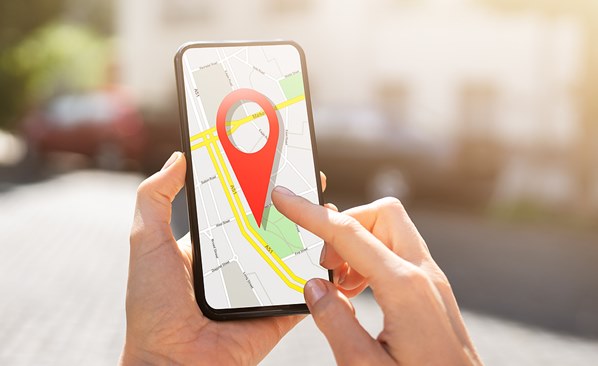
All business owners know how critical data is to their operations. Companies small and large are currently using all types of information to understand their customers better, regardless of what products or services they’re offering. It’s like the 21st century’s version of gold.
Businesses gather as much data as possible to learn more about consumer shopping behaviors, analyze current foot traffic at a brick-and-mortar store and improve customer experience (CX). When more information is available, all industries can benefit from using it to fine-tune their strategies, solve common problems and enhance their marketing efforts.
Here’s how data can be used to successfully reach potential and existing customers.
What Is Location-Based Data?
The concept of location data is pretty straightforward but can be confusing to some.
It’s information gathered by various signals to determine a device user’s precise location. In other words, when you walk outside with your smartphone, multiple sources are working together to collect data about where you are.
These are the ways geographic data is collected:
- Global positioning system (GPS)
- Wi-Fi signal
- Beacons
- Cell towers
- Bidstream
- Software development kit (SDK)
- Point-of-sale (POS) systems
Data providers can then sell this valuable information to companies trying to gain insights and analytics. Companies like Acxiom, Corelogic and Datalogix help businesses reach growth by providing them with datasets.
For example, a retail company may want to learn more about its customers. It will go to one of these providers to obtain data and make conclusions about patterns and buying behavior. This helps the retailer with marketing, in-store sales success and more.
How can businesses use this location data? One of the most prominent use cases of location data is location-based marketing.
Marketing is a perfect avenue to go down if you’re trying to improve your customer experience. Whether online or in-store, customers who opt-in to sharing their data will reap the benefits in the form of discounts, coupons and enhanced customer service.
Here are specific ways to use location data to offer better CX in a competitive business landscape.
How Using Location Data Can Improve CX
Here are some ways you can use location data to reach more potential customers, increase foot traffic to your business and provide shoppers with high-quality experiences.
Targeted Marketing
The world of marketing is entering a transformative age — in other words, there’s customer demand for more personalized, targeted strategies. People want value from advertisements.
The days where a simple billboard did the trick are over. With the help of location data, you can target customers in your geographic region, show them advertisement content and provide them with instant gratification.
Geofencing
Geofencing is similar to targeted marketing, except businesses can gain a competitive advantage by targeting their competition. Geofences are virtual boundaries set by companies, whether it’s a boundary placed around their brick-and-mortar store or their competition’s.
The data gathered shows how long a device remains within the geofence and how much activity occurs within the virtual boundary.
Customer Service Insights
It’s no secret that customer service managers (CSMs) deal with positive and negative reviews, comments and social media posts from customers. When these types of interactions are combined with location data, CSMs can benefit by taking action.
For example, suppose a disgruntled customer in-store posts a negative review on Yelp. By using location data to place them within the store, customer service representatives can address the issue right away. This is a more direct way of handling customer feedback and will likely improve CX and deepen customer engagement and loyalty.
While the location data industry continues to evolve, it will be interesting to see how companies leverage it to better understand, serve and retain customers.
When using location data, it’s imperative to comply with data privacy laws, depending on the area in which your business operates. Users should have the opportunity to opt out of sharing their personal information, and as a business, it’s critical you honor that. Go the extra mile and research location data privacy to understand your role in the collection and use process.
Use Location Data to Improve CX
Businesses value customer experience — it’s a top priority for them in the next five years. Using different data types helps companies analyze where their shortcomings lie, which can help them improve CX. Whether it’s geofencing or targeted marketing, there’s clear evidence to show that location data is a valuable asset you should use to gain an edge over your competitors.




